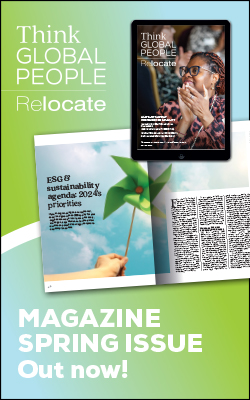Drop in UK output confounds analysts’ expectations
Manufacturing and industrial production in the UK unexpectedly contracted for the second month in a row in February, according to the Office for National Statistics (ONS).

Warm weather reduces energy consumption
Kate Davies, ONS senior statistician, said, “While manufacturing was broadly flat in February, unseasonably warm weather reduced gas and electricity use, pulling down overall production.“The overall trade deficit worsened, but, excluding erratic items, the picture improved, as imports fell more than exports.“There were small falls across a range of construction sub sectors for the second month running, following a record performance for the industry at the end of 2016.”Related news:
- Back to school for British business
- Improvement in finance industry leads services sector rebound
- CIPD offers advice for firms preparing for Brexit
Slowdown in GDP
Howard Archer, chief UK and European economist at IHS Markit, said the ONS data pointed to a slowdown in GDP. “A disappointing package of data for the UK economy which fuels suspicion that GDP growth slowed markedly, largely due to consumers becoming more cautious.“We suspect UK GDP growth in the first quarter of 2017 slowed to 0.4 per cent quarter-on-quarter from 0.7 per cent quarter-on-quarter in the fourth quarter of 2016 – this would be the weakest growth rate since the first quarter of 2016.“Industrial production and (especially) construction output fell back appreciably in February while the trade deficit widened, admittedly partly due to erratic items lifting imports.“There was some limited, much needed relief on the prices front as prices of imported traded goods dipped 0.9 per cent month-on-month in February as sterling was modestly firmer and oil and commodity prices came off their highs. Even so, import prices were up 9.9 per cent year-on-year.”Samuel Tombs, chief UK economist at Pantheon Macroeconomics, added that production “likely will continue to surprise on the downside”.He added, “The average temperature was even further above its long-run average in March than in February, so output in the energy supply sector likely fell further in March.“Despite this, quarter-on-quarter growth in industrial production likely picked up to about 0.7 per cent in the first quarter of 2017, from 0.4 per cent in the last quarter of 2016. Even so, it is clear that industry does not have the momentum required to offset the consumer-led slowdown in the services sector this year.”For related news and features, visit our Enterprise section.Access hundreds of global services and suppliers in our Online Directory Get access to our free Global Mobility Toolkit
Get access to our free Global Mobility Toolkit 
©2024 Re:locate magazine, published by Profile Locations, Spray Hill, Hastings Road, Lamberhurst, Kent TN3 8JB. All rights reserved. This publication (or any part thereof) may not be reproduced in any form without the prior written permission of Profile Locations. Profile Locations accepts no liability for the accuracy of the contents or any opinions expressed herein.
































